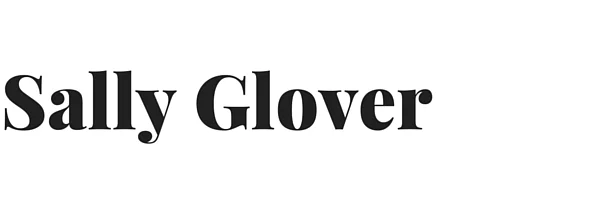“I turn on my computer. I wait impatiently as it connects. I go online, and my breath catches in my chest until I hear three little words: You've got mail. I hear nothing. Not even a sound on the streets of New York, just the beating of my own heart. I have mail. From you.”
It’s been 18 years since Meg Ryan dialed up her AOL account in anticipation of email from Tom Hanks in You’ve Got Mail. HBO’s recent Nora Ephron doc, Everything Is Copy, reminded me not only of Ephron’s wonderful, singular voice, but that much has changed in the world of bookselling in the past two decades. The mid 90s saw the rise of the big-box—the Fox Books mega-chain in You’ve Got Mail was a loosely veiled Barnes & Noble—and the subsequent demise of the independent bookstore. Fortunes have once again shifted, thanks to technology, which has both ushered in the era of e-books and, conversely, inspired the shop-local movement taking shape in cities around the world.
This Saturday, April 30, is Canadian Authors for Indies Day, when authors show their appreciation for independent booksellers by volunteering at local bookstores for the day. Last year, over 120 indie bookstores and 700 authors participated in the event, which was responsible for an 18.5 percent increase in book sales, making it one of CBC’s 10 biggest book stories of 2015. Authors for Indies was inspired by the American Booksellers Association’s annual Indies First campaign of activities and events in support of independent bookstores in the United States.
The independent bookstore is experiencing something of a renaissance. Munro’s Books in Victoria, BC, was recently recognized by National Geographic as one of the world’s top 10 bookstores, and Toronto’s much-loved Type Books turned 10 years old this week. Three young entrepreneurs in Queens, NY—who met while working at a Barnes & Noble—just launched a Kickstarter campaign to bring a bookshop back to the borough. Line-ups are business as usual at Shakespeare and Company, an historic shop housed in a seventeenth-century building facing the Seine in Paris that has hosted Henry Miller, Allen Ginsberg, Martin Amis, Zadie Smith, and many, many others. And this March, The Ripped Bodice, the first romance-only indie bookstore, opened in Los Angeles—complete with a Fabio guest appearance and a Mother’s Day tea.
Not to mention the democratization of book producing and selling brought on by the ease of self-publishing. Self-published books accounted for an astounding 31 percent of all e-book sales in the Kindle Store in 2014, with 40 percent of revenues going to indie authors. A shout-out to lady writers, too: Indie bestsellers are twice as likely to be written by a woman than traditionally pubbed bestsellers.
What does it all mean? A dozen years ago, you’d have been an outlier to predict today’s rise of the indie—it seemed only a matter of time before they went the way of dial-up internet. These days, it’s the big box in peril—Barnes & Noble’s sales have seen significant declines over the last several quarters. Book lovers are supporting local indie bookstores and self-published authors in droves. On Authors for Indies Day, I hope you’ll do the same.

